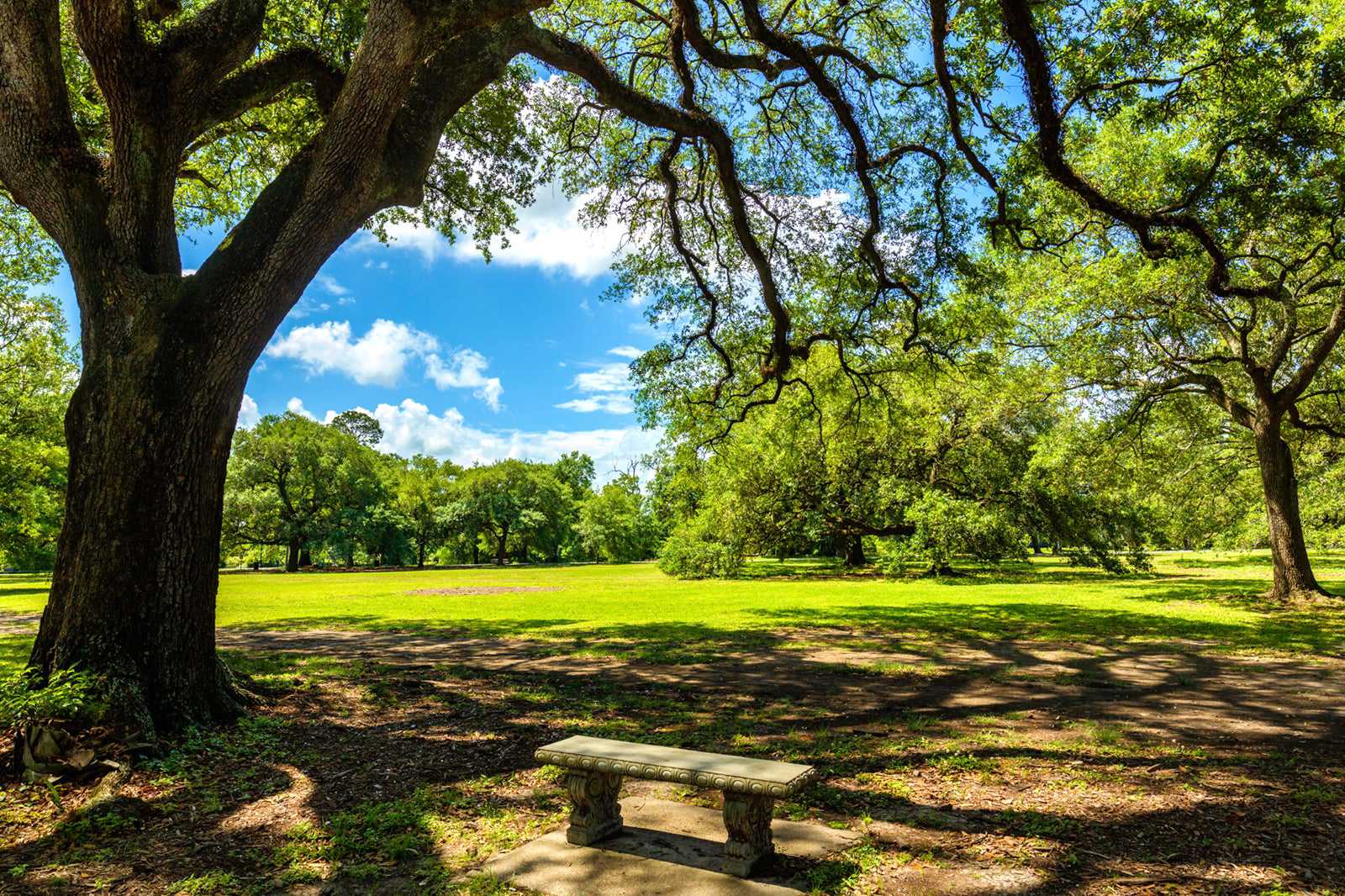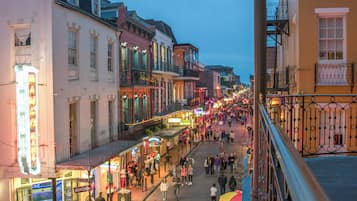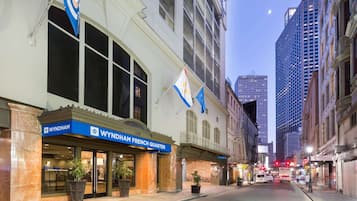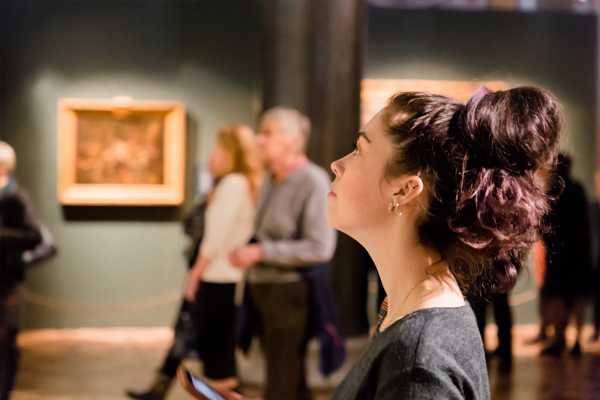St. Charles Avenue, while perhaps not as well known as Bourbon Street, is one of New Orleans' most famous thoroughfares. Stretching across a huge swathe of the city, from the banks of the Mississippi River in the Uptown and Carrollton neighbourhoods, all the way to the business district, St. Charles Avenue has earned the nickname “the Jewel of America’s Grand Avenues”. The oak-lined boulevard is home to a wealth of historic homes, architecture dating back to New Orleans’ founding and a lush, romantic atmosphere that’s a far cry from the more party-centric areas of the Crescent City.
Getting to St. Charles Avenue is convenient, given the street’s mammoth size and its proximity to New Orleans’ most popular neighbourhoods for tourists. Some of the most beautiful spots along the avenue include the areas around the Vieux Carre, Audubon Park and Loyal and Tulane (2 of the city's universities). Seeing the entire length of the street is as simple as hopping aboard the historic St. Charles Avenue streetcar, which will allow you to climb on and off as you wish, exploring at your own pace.
St. Charles Avenue in New Orleans - one of the highlights of 10 Best Free Things to Do in New Orleans and 10 Most Popular Streets in New Orleans (Read all about New Orleans here)
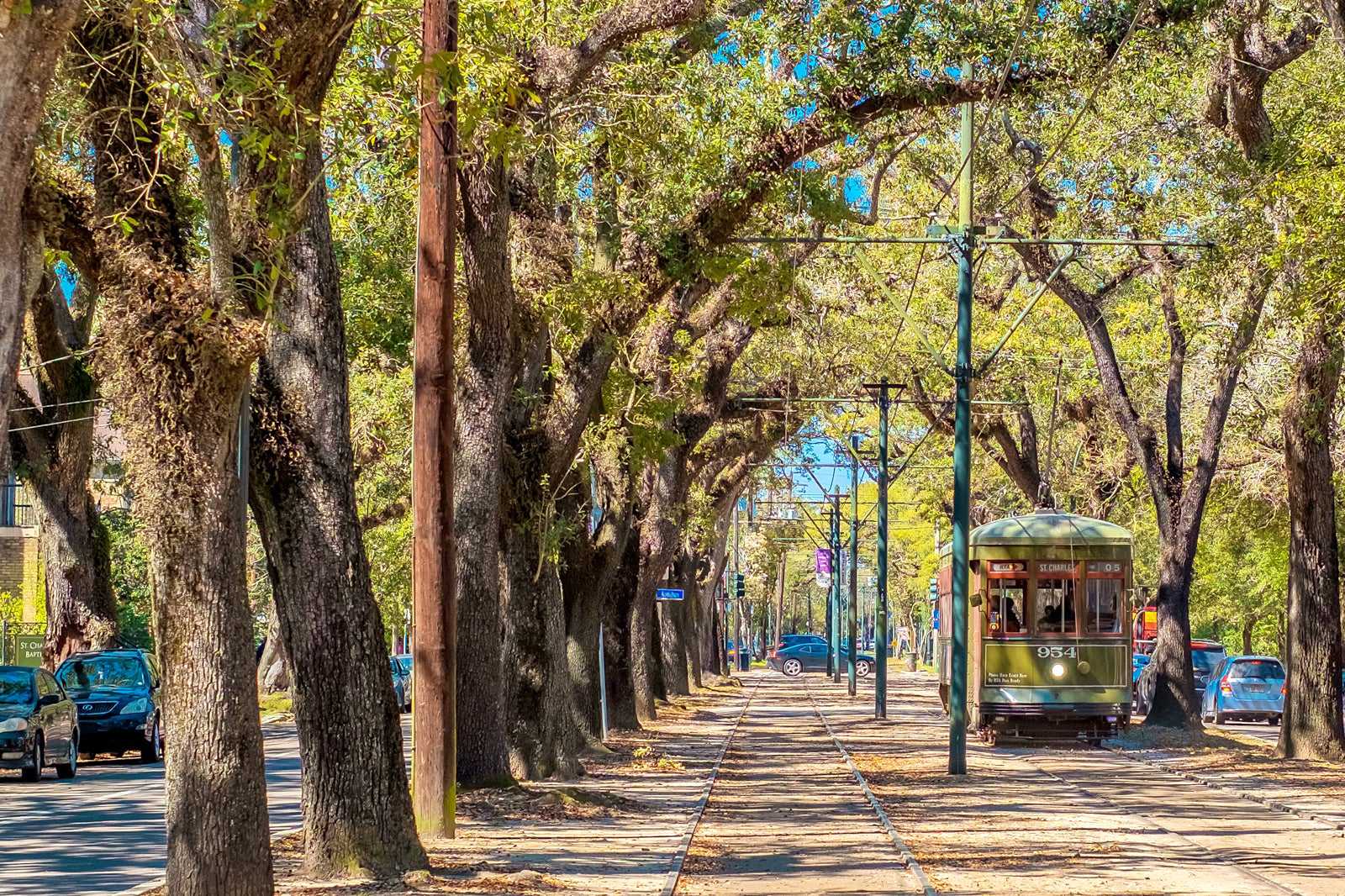
What are the highlights and features of St. Charles Avenue?
Whether you’re a history buff, culture connoisseur or outdoor enthusiast, St. Charles Avenue has something to offer you. The main attraction is riding the St. Charles Avenue streetcar, which enables you to take in the sights and sounds of the historic street without breaking in your walking shoes. While plenty of people come just to ride the streetcar, it's worth stepping off it from time to time to see what wonders you’re passing.
Those primarily interested in St. Charles Avenue’s historic architecture will want to make a stop along the St. Charles Avenue Historic District, which includes the whole length between Jackson Avenue and Jena Street. Here, you can view a range of Greek Revival, antebellum, Classical Revival, Italianate and Queen Anne-style homes and structures with a simple stroll.
For another bit of history, book a tour at the Amistad Research Center, which is part of Tulane University. The centre holds the largest collection of African American, race and civil rights-related manuscripts in the country – more than 15 million documents in total, as well as 250,000 photographs and over a thousand works of art and artefacts.
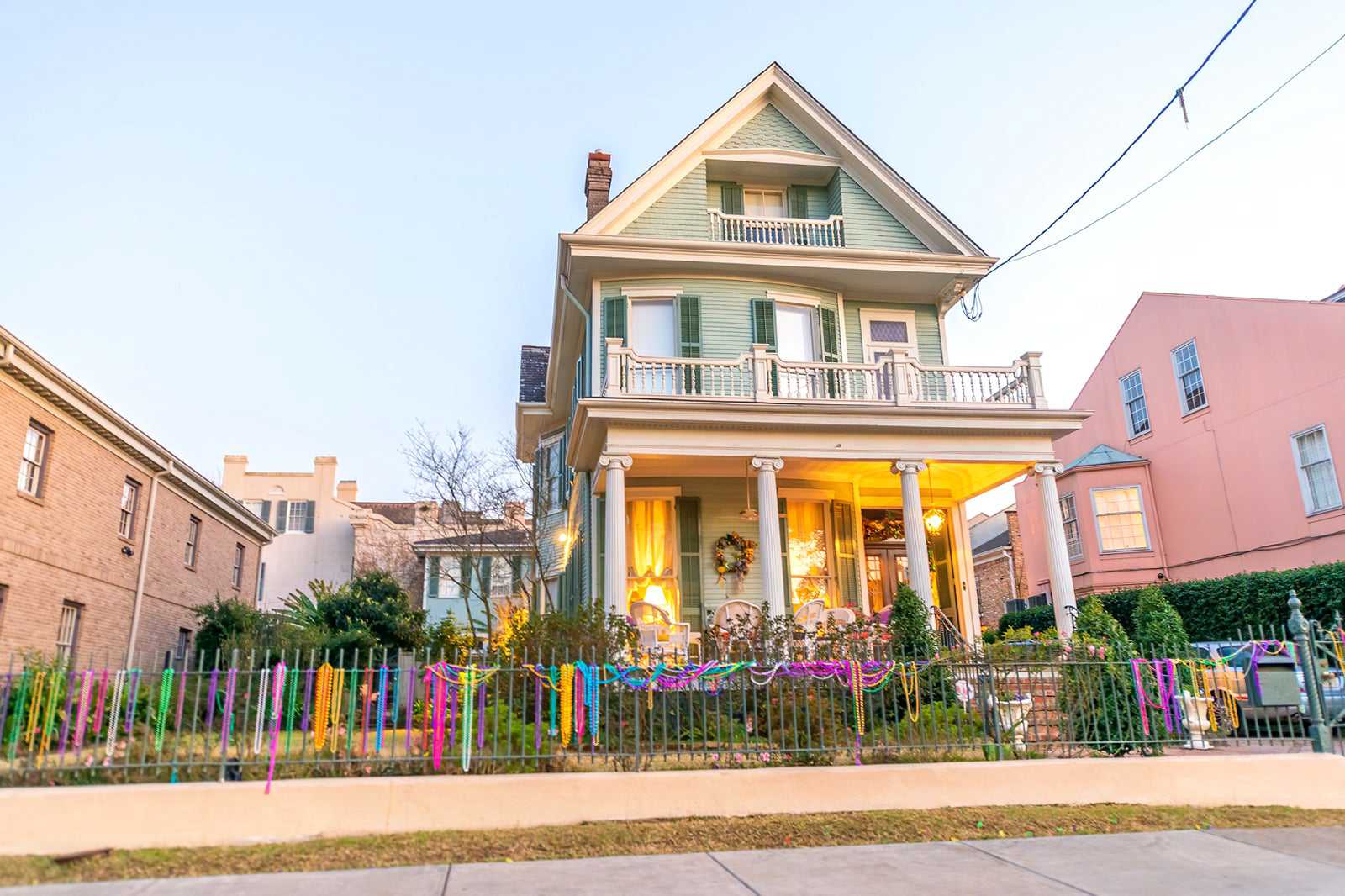
Natural attractions on St. Charles Avenue
Ask any New Orleans frequent traveller or local to describe St. Charles Avenue and they’ll likely immediately mention the street’s abundant greenery and ancient oak trees. But there’s more nature to explore just a few steps off St. Charles Avenue, primarily within Audubon Park.
Sharing the name of the neighbourhood it’s found in, the park has jogging and cycling trails, a large golf course, and Audubon Park Lagoon. Adjacent Audubon Riverview Park is a tranquil spot to take in the Mississippi River. The park is also home to the Tree of Life – a sprawling oak that’s estimated to be as much as 500 years old. Once part of a sugarcane plantation, the tree is now a fun spot for adventurous travellers to climb.

Good to know about St. Charles Avenue
Just as with any neighbourhood or street in New Orleans, it’s wise to be cautious when travelling along St. Charles Avenue. Even though the street isn’t as party or nightlife-centric as some of the others in New Orleans, all of the city is somewhat notorious for its petty crime. As such, keep a close eye on your belongings, watch for pickpockets and don’t talk to strangers trying to sell you something or make a bet with you (which usually leads to a scam).
While in New Orleans, you’ll find many walking tours available for St. Charles Avenue. While these can be a fun experience, if you’re specifically looking to save money during your trip, consider walking the street on your own (or taking the streetcar) and simply doing some research on the architecture and history of the street ahead of time.
